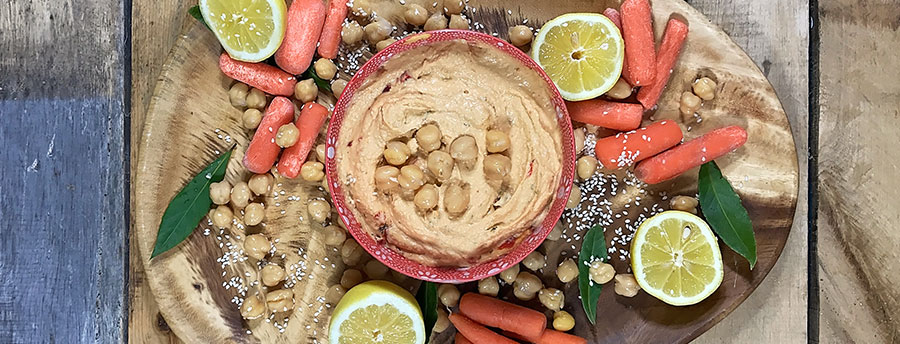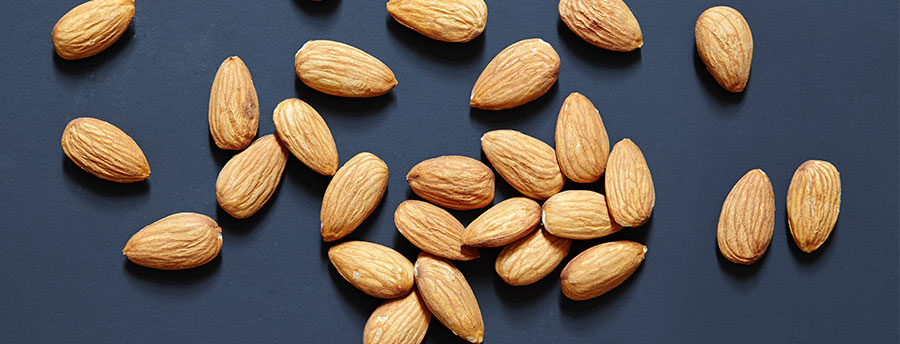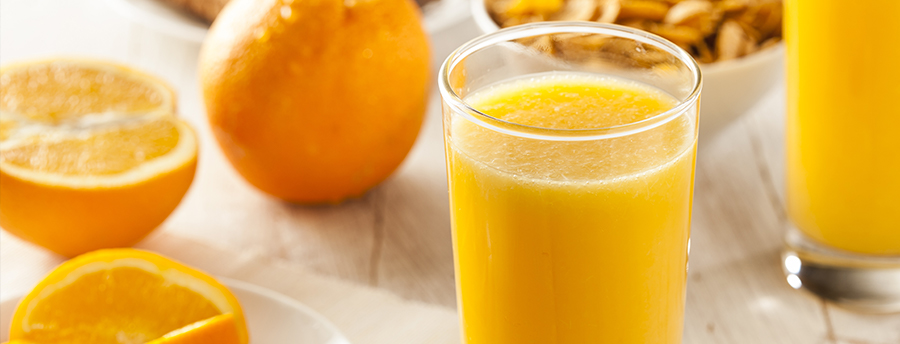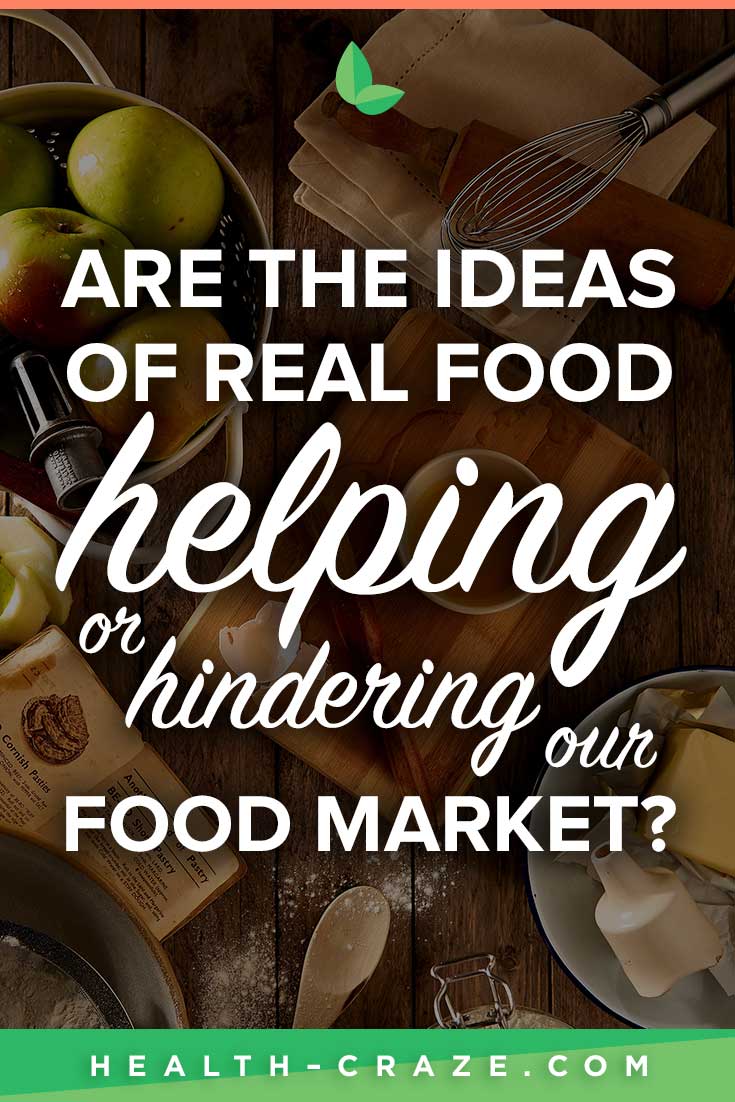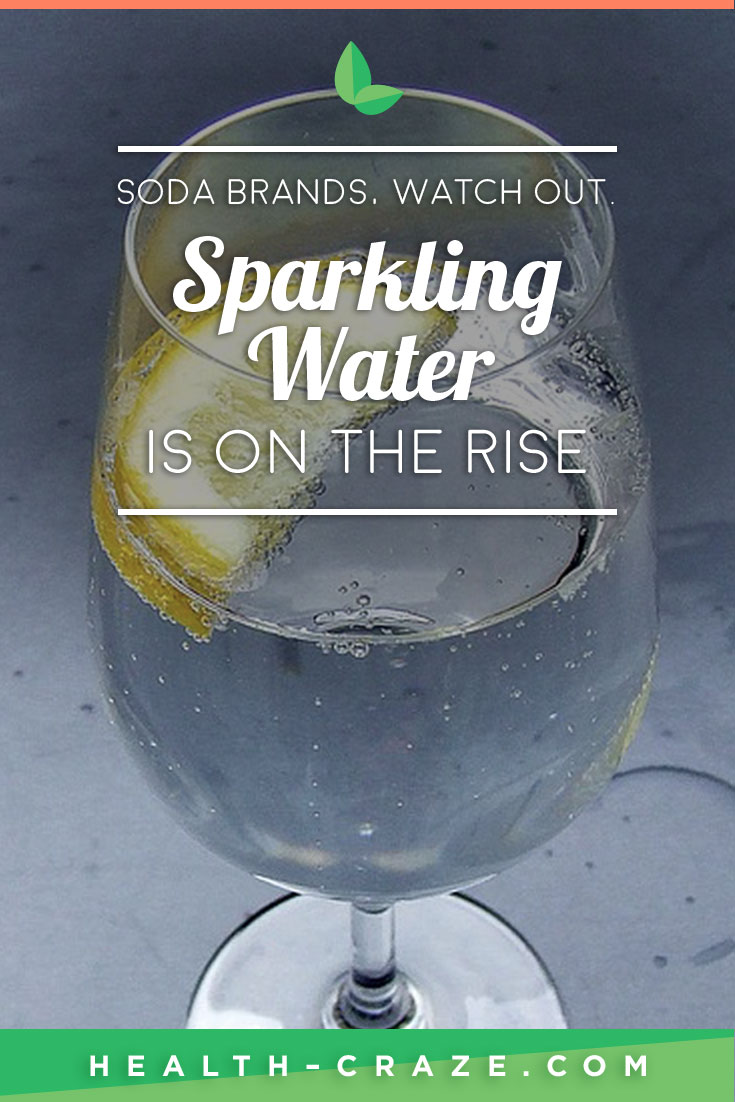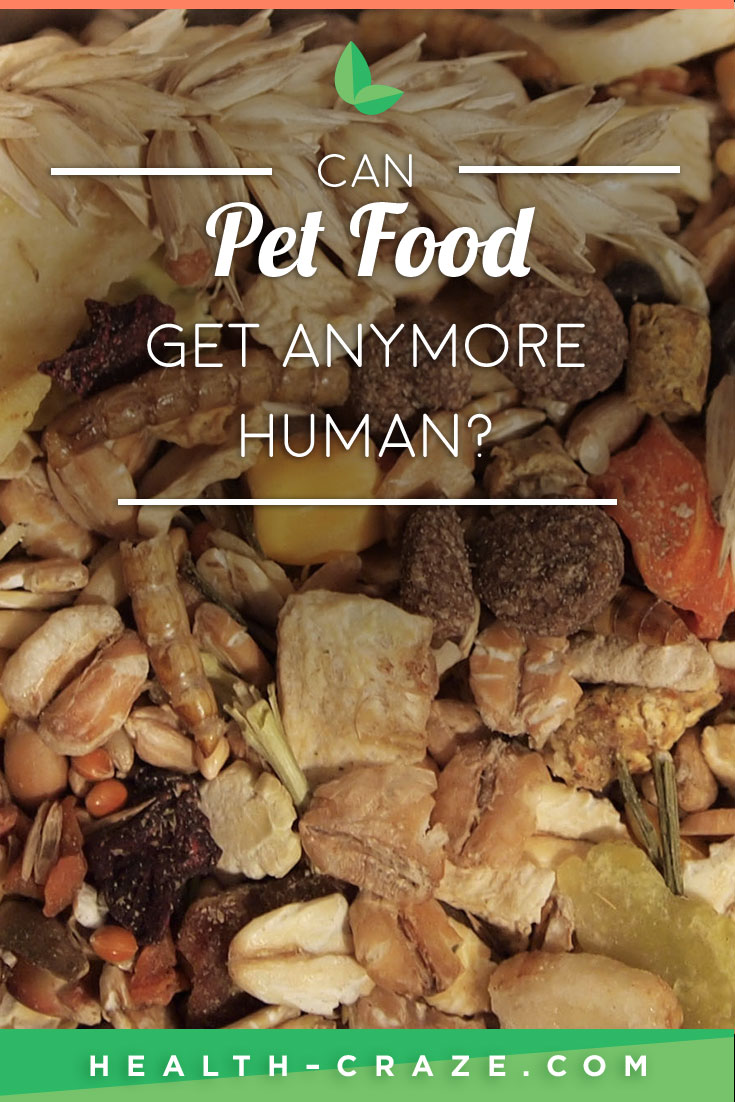As a Whole Foods Devotee, it pains me to write this, but it’s a good marketing lesson. So what happens when the brand you’ve been aspiring to be for years starts to slip? ALDI, Wal-Mart, Albertson’s and Target have been taking cues from the success of Whole Foods Market for years. And now, they are actually starting to hurt the category creator.
Despite its strong cult following and innovative practices, Whole Foods stores are closing and sales are down. The Washington Post reported this is the worst it’s been for the company in a decade, “its sixth quarter of falling same-store sales”. Nine stores are kaput; the most Whole Foods Market has ever closed at one time. This decline was obviously unexpected, as Whole Foods was planning to open 470 locations in the U.S a little over a year ago.
So Why the Fast Decline?
Sales are down, but there’s more. 53.3% of Americans get their organics from mass market retailers, followed by 37.3% from natural and specialty retailers, and 9.4% from others. As Millennials propelled the Organic Movement forward, Whole Foods Market hit the trifecta with fresh produce, encouragement of a healthy and green lifestyle, and a resource for trendy artisanal brands. Whole Foods was a role model. And we all know imitation is the sincerest form of flattery, and so the flattery began…
…And Everyone Went Organic:
Bloomberg says that organics went nation wide after Whole Foods Market took over the high priced end of the market. In recent years the category has been infiltrated by big chains, like Kroger, Safeway, and Costco! The organic products at Costco “have doubled in two years to about $3 billion a year.”
And if that wasn’t enough, four years ago Aldi introduced fresh produce in five of their divisions across the country. And then in 2014 Walmart promised organic for everyone. Uh oh.
What’s a Marketer to do?
It’s not that millennials don’t appreciate the innovations of Whole Foods, it’s just that they can get more for less elsewhere. No matter how inspiring a brand can be, there’s always the issue of price and other brands catching up to you.
Is there Hope for Whole Foods Market?
Brands that are innovators will always start trends, and these trends will always be copied. Whole Foods Market may be able to take some comfort in Ronnie Cummins’ sentiment. The co-founder of the Organic Consumers Association says most mainstream organic products don’t meet his definition of true organic. Consumers who truly care about the products they are buying will find out the truth about which stores’ organic is truly organic.
But until then Whole Foods needs a new strategy. Because Wal-mart and Target aren’t going to stop. And the really scary brands are the ones no one is paying attention to. Aldi is moving quickly and attracting the consumers Whole Foods was counting on with their new offering, 365. So much so that customers will even wait out in the cold for a new store open.
This obviously can be applied to other categories where there is a clear leader. It makes you wonder who Amazon is worried about right now and what they are doing to make sure they stay Irresistible ? Let’s talk.


